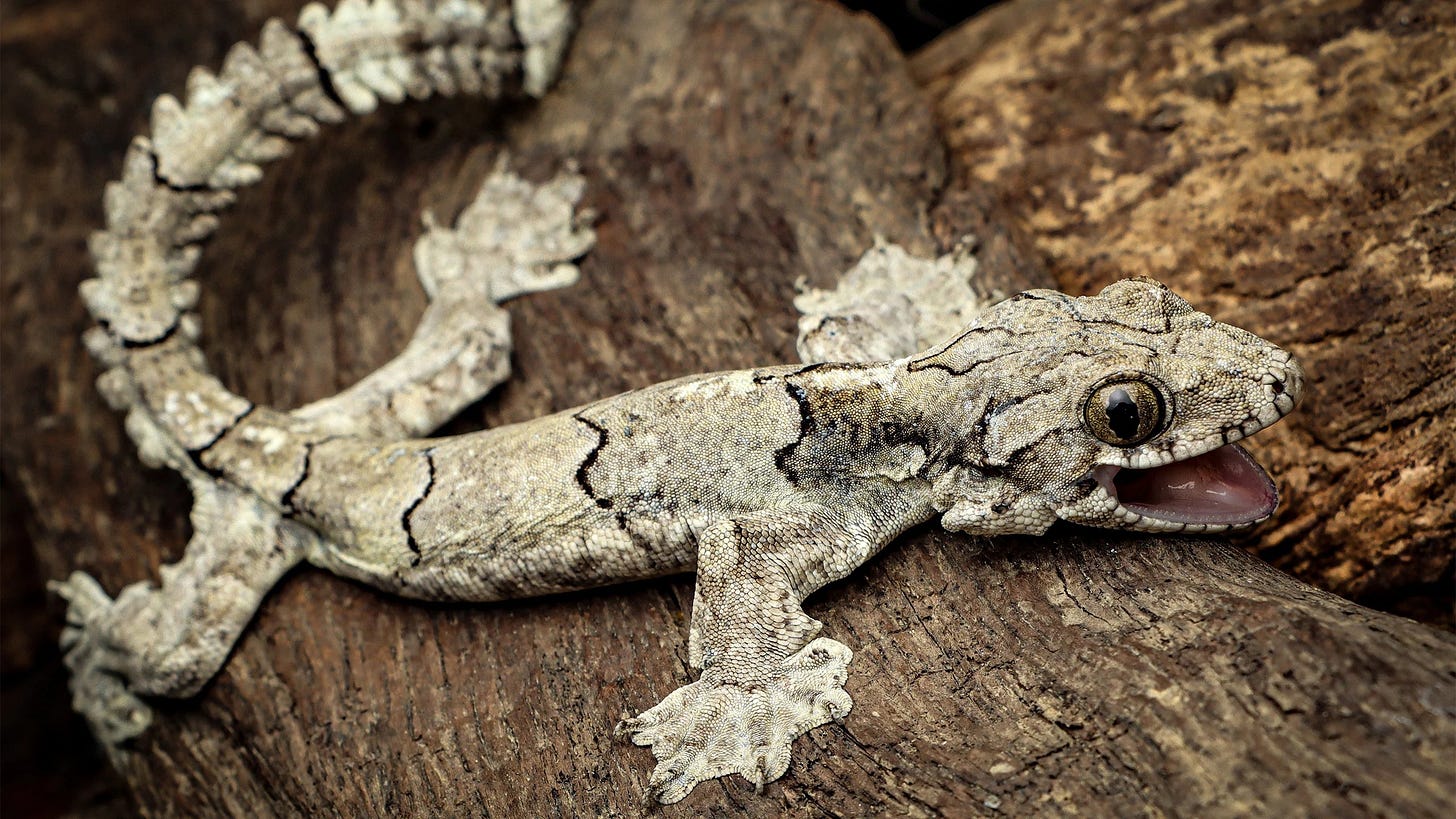🔬 2023 Was Rough, But Science? Spectacular! Your Must-See Recap
Think 2023 was just another year of endless doom-scrolling? Not quite! In between world-shaking conflicts and arguing on Twitter (there’s no way I’m calling it X), humanity actually did some pretty neat science stuff. From the milestones that made us say “Wow!” to the oops moments that made us say ”Well, that happened,” here’s a list of lists highlighting scientific achievements of 2023.
First time for everything
Let’s start with the 20 things that happened for the first time from The New York Times. These are my favourites:
Scientists from Osaka University took skin cells from the tails of two male mice and used them to generate eggs that were implanted into female mice, producing live offspring. This one particularly fascinated me as it sounds like something from a sci-fi novel! It could have enormous implications for fertility treatments and the preservation of endangered species.
Researchers drilled way down into the Earth, past the crust (the planet’s outer layer), into the mantle, retrieving samples that give geologists a pristine peek at what our planet is made of.
A man with paralysis walked again using his thoughts. AI decoded electrical signals from implants in his brain and sent messages to his muscles, allowing him to stand and walk.
Researchers have found evidence of microplastics in the clouds above Mount Fuji that they believe came mainly from the ocean. It shows how human-caused pollution can travel far and wide.
Astronomers confirmed the existence of the universe’s oldest black hole, which is 13.2 billion years old. It’s like finding a time capsule that helps us understand how everything began.
Good news, everyone!
For the Kit newsletter, I curated a list of 9 breakthroughs that give me hope for the future. Here are the three most important:
Regulators approved Casgevy, the first CRISPR-based therapy to cure sickle-cell disease and transfusion-dependent β-thalassemia.
A clinical trial of mRNA universal influenza vaccine candidate began in the US.
Researchers invented the cheapest carbon capture system to date.
Gadgets of the year
Speaking of promising inventions, Time combined a list of 200 innovations changing how we live, from accessibility and beauty to green energy and parenting. It’s impossible to pick just a few, so please read the whole piece.
Science VIPs
Moving on to the list of 10 people (plus one AI) who helped shape science in 2023 from Nature. They are all great, but these five impressed me the most:
ChatGPT represents a potential new era for science. No surprises there.
Engineer Kalpana Kalahasti played a crucial part in ensuring Chandrayaan-3’s touchdown on the Moon, making India only the fourth country to achieve the feat.
Physicist James Hamlin helped spot flaws in superconductivity claims at room temperature.
Physician Thomas Powles helped to deliver a life-extending treatment for deadly bladder cancer.
Biochemist Svetlana Mojsov finally gained recognition for her part in developing multibillion-dollar weight-loss drugs. She led early studies of GLP-1, the hormone behind Wegovy and Ozempic.
Cure of the year
Given its remarkable benefits, it’s no surprise that GLP-1 was probably the biggest newsmaker in 2023. Originally made to help with diabetes, it allows people to lose weight without serious side effects. Clinical trials found it also reduces the risk of heart attacks and strokes. That’s why Science magazine has chosen GLP-1 drugs as the top breakthrough of the year. Among their runner-ups were the AI weather forecasts, new hope against malaria, and the dawn of exascale computing.
Stiff upper dinosaur lip and more
I like how certain publications tried to go beyond the usual suspects in combining their lists. Here’s a sneak peek at National Geographic’s 11 most astonishing scientific discoveries:
Tyrannosaurus rex and other carnivorous dinosaurs likely had lips that covered their teeth. I’ll never look at dinosaur illustrations the same way again!
In 30 years, number of discovered exoplanets surpassed 5,500.
Chimpanzees go through menopause and continue to live on.
Scientists found phosphorous in the ocean on Saturn’s sixth-largest moon, Enceladus, a crucial sign it could host life.
Researchers used an AI-based system to translate a patient’s brain activity into a continuous stream of text.
Quanta’s lists
As you probably guessed by now, virtually everyone made an end-of-the-year list or two, but Quanta has outdone the competition by providing us with a generous set of four lists:
Honourable mentions
The best TikToks of 2023 from Scientific American, where you can find gems like what happens when artificial intelligence eats itself.
Ten words that defined the hottest year ever from my friends at Grist: the Air Quality Index, carbon insetting, climate quitters, deinfluencers, El Niño, global boiling, greenhushing, noctalgia, the Racketeer Influenced and Corrupt Organizations Act, and white hydrogen.
The Guardian asked scientists to choose the ten biggest science stories. I was particularly inspired by two teenage girls who presented a new mathematical proof of the Pythagorean theorem using trigonometry!
Five health lessons we learned in 2023 from The New York Times: for instance, the Ozempic era started, while the health toll of climate change and the harms of drinking have become more apparent. On a personal note, I’ve been sober for 10.5 years, and it was the best decision of my life.
Pictures!
And what about visual stuff? Explore Nature’s picks for the best science images, including a new flying gecko species. A flying gecko! What a year it was, indeed.
After this whirlwind tour of 2023’s scientific landscape, I want to take a moment to thank all of you for joining me on this journey in 2023, where I covered climate, air pollution, artificial intelligence, and more. Exciting stories await in 2024, so stay tuned! If you’ve enjoyed what you’ve read, please share this newsletter and invite friends to subscribe. See you soon!
Elia Kabanov is a science writer covering the past, present, and future of technology (@metkere).
Illustration: Elia Kabanov feat. MidJourney. The flying gecko photo: Lal Muansanga via Nature.





